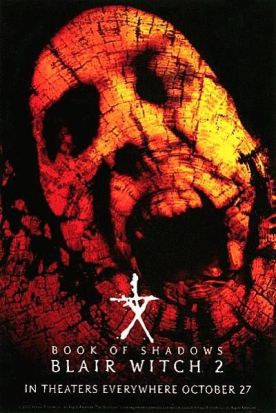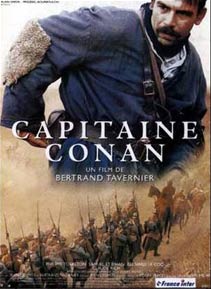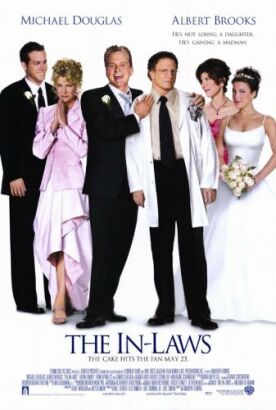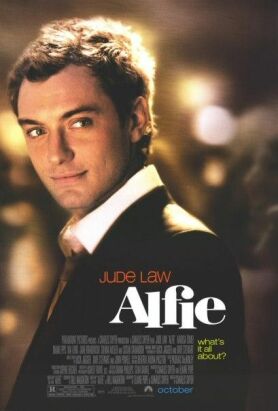Ararat
It takes a lot of nerve to make a movie, ostensibly about one of the great crimes of history, and turn it into an exercise in post-modern navel gazing. The Canadian director Atom Egoyan is not without talent, but his Ararat suggests that he is without taste. What was he thinking? Of course we quite understand how he wants to bring the Turkish slaughter of a million and a half Armenians in 1915 somehow into the present. We can also see that he intended to make a movie less about genocide than it is about history and collective memory, and the danger that even those most affected by such a moral cataclysm will eventually “move on” — as the saying now goes — and forget all about it.
There is even, it seems to me, a valid dramatic purpose in Egoyan’s making his movie not directly about the massacres of 1915 but about a fictional movie director (oh oh) called Edward Saroyan (Charles Aznavour), who is making a movie about them. Whatever the drawbacks of such a framing device, it has one great virtue, which is that the scenes of rape and pillage and slaughter are obvious re-enactments and so unable to be sensationalized. In addition, they are kept brief and are punctuated by less harrowing action in the present day. By rationing them out like this, Egoyan not only increases their ability to shock, by not fatiguing us with them, but he also underlines the theme of remembrance, which is, as I say, the point.
But the movie-within-a-movie gimmick is also a constant — and pretty constantly unresisted — temptation to get himself bogged down in the present-day soap opera, which finally overwhelms the film’s too-understated epic and world-historical element. Raffi (David Alpay), an assistant on the film set, is the son of an Armenian father who was killed trying to assassinate a Turkish diplomat. He is having an affair with his stepsister, Celia (Marie-Josée Croze), who is at daggers-drawn with his mother, Ani (Arsinée Khanjian), an art historian and expert on Arshile Gorky who is acting as a historical adviser to the film-makers. Celia resents Ani because she believes that Ani drove her father, to whom she was married after the death of Raffi’s father, to suicide — perhaps even pushed him off the cliff from which he is supposed to have fallen. She turns up at Ani’s lectures on Gorky and publicly taunts her. Meanwhile, Gorky himself (Simon Abkarian) periodically turns up, painting away. We are never quite certain if he is part of the movie, a sort of flashback that no one could actually have, or of the main movie-within-a-movie or all by himself in a movie-within-a-movie of his own.
But wait! There’s more! We also have a temporal dislocation involving the return of Raffi to Toronto from a trip to Turkey some time after the events of the rest of the movie. He is detained at the airport by David (Christopher Plummer), a customs officer to whom he recounts the history of the Armenian genocide as recorded by the American doctor, Clarence Ussher (Bruce Greenwood) on whose memoir the movie-within-the-movie is also based. This accounts for a number of the sequences from the latter, which serve a double purpose as flashbacks within the film proper. Raffi is carrying some cans labelled “Exposed film” which he says is for Saroyan’s film, but David discovers that that film is already finished. Raffi confesses that he did not shoot the film himself but that his Turkish guide gave it to him to bring into the country. David insists on opening the cans, though as a concession to Raffi’s certainty that they contain film, he opens them in the dark.
What do they contain, do you think? What does David make of Raffi’s will to believe that they are legit? And what about David’s own problems with his son, Philip (Brent Carver), and grandson, and the son’s homosexual lover, Ali (Elias Koteas), who also plays the role of a Turkish officer in the movie? And what, finally, does all this have to do with the Armenian genocide? This must be what the film’s publicity material calls “Egoyan’s trademark elliptical style,” which is like talking about Tarantino’s trademark gunplay — true but hardly conveying the stylistic excess involved.
At one point in Ani’s lecture on Gorky she says that his experience as a survivor of the Armenian genocide gives his painting its power, and she takes as an example the painting of himself with his mother based on a photograph taken before she was killed. In some sense he could be said to have “saved” his mother by “snatching her out of pile of corpses.” But this is the property of all art. All of anonymous humanity is ultimately a pile of corpses, and how few of us are ever “saved” in this sense. The terrible thing about genocide isn’t the death of an individual, which happens all the time anyway and, though terrible for those who lose loved ones, is still a normal part of life. Rather it is the loss of a people and its distinctiveness.
And here is where we touch the nub of the problem with the film. Egoyan is an individualist, a psychologist. He is interested in the connections between people, why they do what they do. But in pursuing that particular interest, he is able to convey almost nothing of the uniqueness of the Armenian culture he is ostensibly memorializing, constantly slipping off the subject. In a way the film is about the way we all slip off the subject, the way we all forget, but this is just another way of saying that he doesn’t know how to memorialize the dead. Though this may be truthful, it is not in itself a memorial to the dead, as he appears to suppose it is. I want to feel something, and the want to feel must take the place of the feeling itself, as perhaps it does for all of us when we lose someone just beyond the circle of loved acquaintance. But a better filmmaker would have made us feel the thing indeed.
Discover more from James Bowman
Subscribe to get the latest posts to your email.






